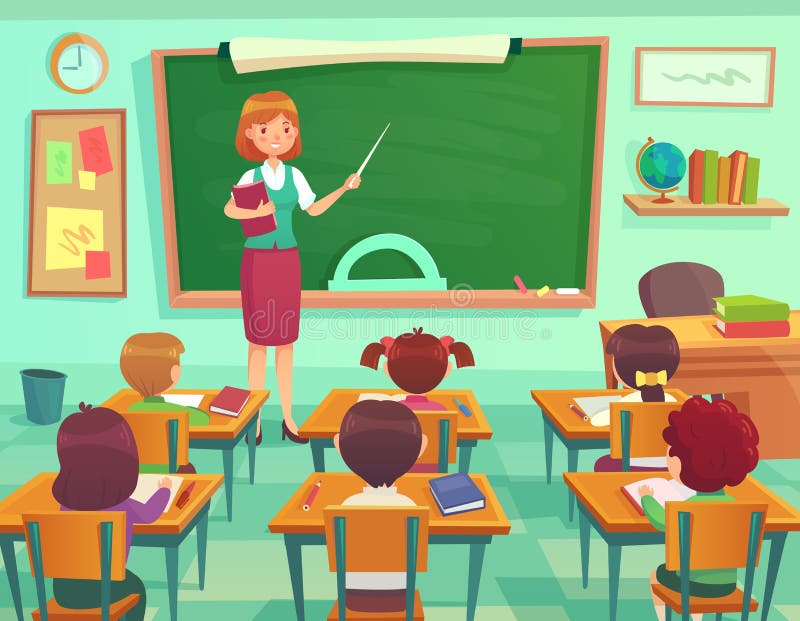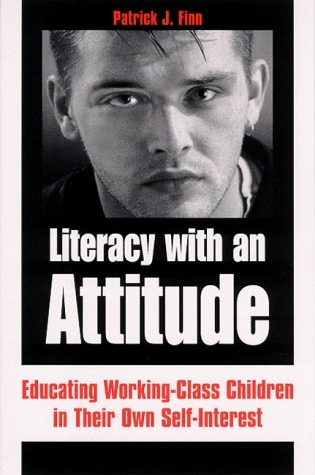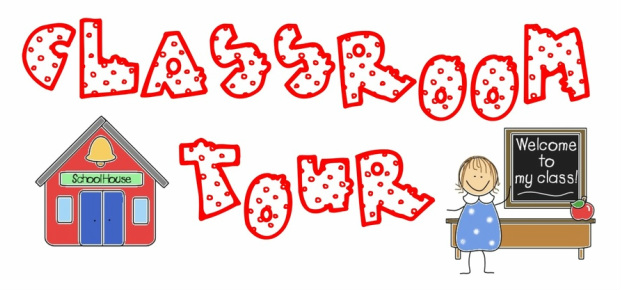
Hello blog readers!
Sadly this is the last blog I will be completing for my FNED 246 class! During my time in this class throughout the semester, there were many ideas that have stuck with me.
The biggest est thing that has stuck with me is the idea of a troublemaker. Since working in a daycare for a while now, I know what a troublemaker looks like in a classroom. With this class though, I was able to turn my thinking around about what it means as a teacher to have a troublemaker in your class. This topic stuck with me because in the reading it mentioned that instead of teachers solely focusing on education (such as subtraction, reading, adding), teachers should also focus on teaching love and learn freedom. I want to remember this for when I have my own classroom because it is important to create community, and teach life lessons to those who are struggling with how they behave. These types of lessons will connect with students more and their "bad" behavior will decrease, when turned to learn something else that isn't just traditional learning.
Anther part of class that has stuck with me is the classroom tour that we viewed. I enjoyed being able to visually see a classroom, and all of the components that make is educational and functional for students. The teacher in the video created a bright and welcoming classroom, which is important in the success of education. Creating a positive atmosphere will make students feel welcomed and excited to learn. This will stick with me because I want to make sure my future students feel comfortable in the space they will learn.
And lastly the reading Aria. This reading really hit home for me, I feel like it was a way to truly feel the emotions of students that have a language barrier in their education. The main reason why this is going to stick with me for when I am a teacher is because I will never want my future students to feel like they need to lose themselves and their identity to be successful in their education. I want to promote to them that they should be proud of their culture and utilize it within the classroom.
There were many things that I was able to learn being in this class but these were some of my favorite takeaways! Thank you for reading!
Goodbye :)
Maci Maiello



